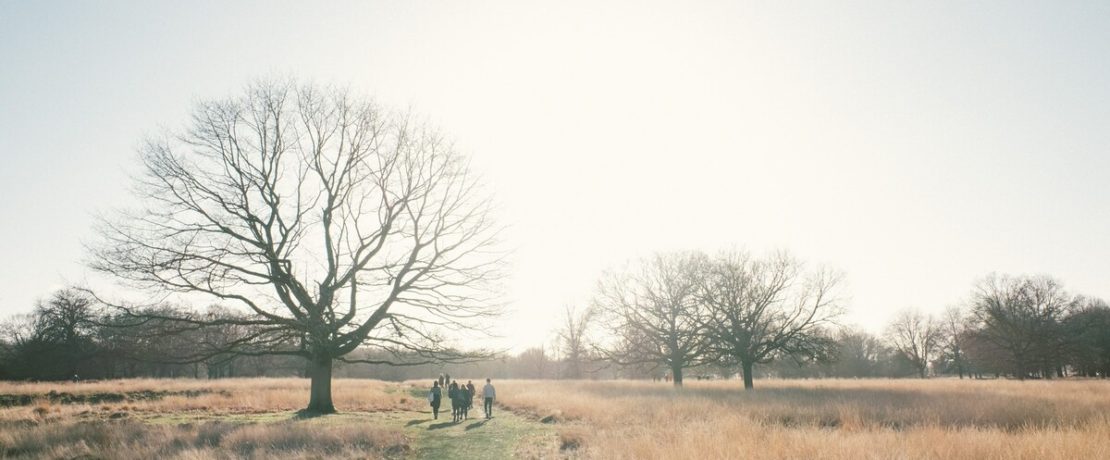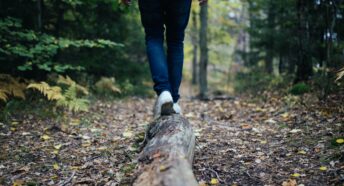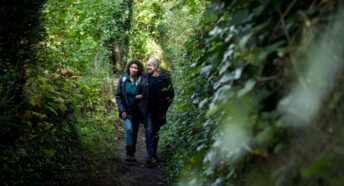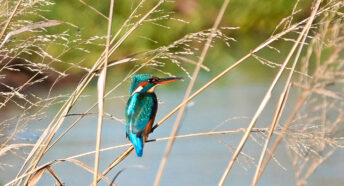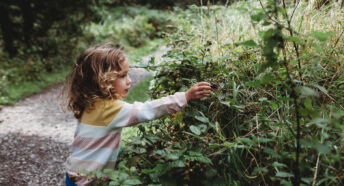A countryside walk in December
As winter tightens its grip, much of the natural world takes a well deserved rest. But that doesn’t mean your countryside walk will be devoid of life. In fact, there’s plenty to marvel at during December.
During winter, there’s no doubt that for much of our wildlife, activity drops. Perennial plants and bulbs lay dormant, ready to spring to life in a few months’ time. Trees rest, and small mammals get warm in log piles, leaves and underground burrows. Insects hibernate, and amphibians seek shelter. Through these cold months, nature gives us spectacular demonstration of self-care that we really ought to try and emulate.
But there’s plenty still out there to keep us going until those early signs of spring arrive in January …
Winter birds
We might miss the beautiful dawn chorus on cold December days, but not all birds stop singing during the winter. Robins are one of the few common garden birds that remain vocal pretty much all year round. In autumn and early winter, their high pitched song is tentative and melancholy. But, from as early as mid-December onwards, they step up a gear and start singing much more powerfully. This is to defend territory and attract a mate ready for the breeding season, which can be as early as January. Robins can be spotted just about anywhere: from hedgerows and woodland to gardens and public parks.
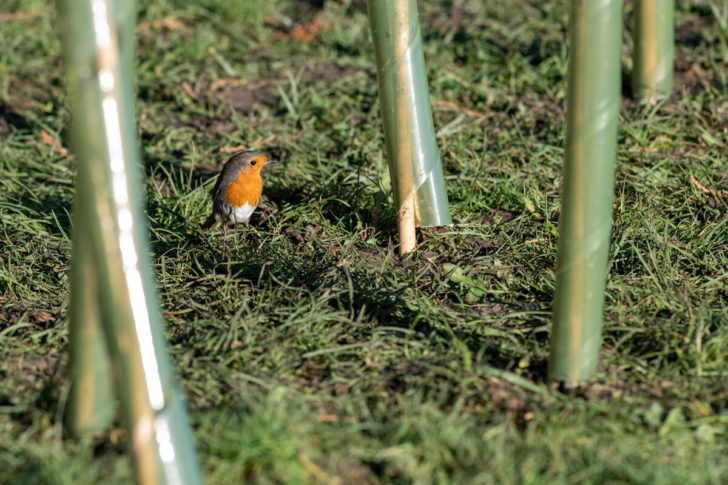
More broadly, you might notice a general influx of birds this month. That’s because of bird migration patterns. At certain times of the year, birds are on the move between the UK, Europe and even further afield. We know that lots of birds visit us in spring and then leave in late summer. The same happens in autumn and winter, as some birds seek a more favourable climate. So, this month, you might notice an increase in robins, chaffinches and even blackbirds, who may have joined us for our milder winters from Scandinavia, Iceland, Russia and other parts of Europe.
Take a walk along open fields and hedgerows and you might spot a fieldfare or redwing. These thrushes overwinter here in the UK, and often fly in flocks together!
Under the mistletoe
Along with holly, mistletoe is synonymous with the holiday season – and for good reason. December is arguably the best month to spot this iconic plant, which forms spherical clumps on the branches of bare trees.
Mistletoe is semi-parasitic; its roots penetrate the bark of its host tree and it feeds on the tree’s nutrients. While this doesn’t usually kill the tree, it can weaken it. Its cloudy white berries appear from early autumn, but are particularly visible when trees are bare. While most birds tend to go for brighter coloured berries, some winter thrushes like fieldfares and the aptly named mistle thrush are happy to scoff mistletoe berries.
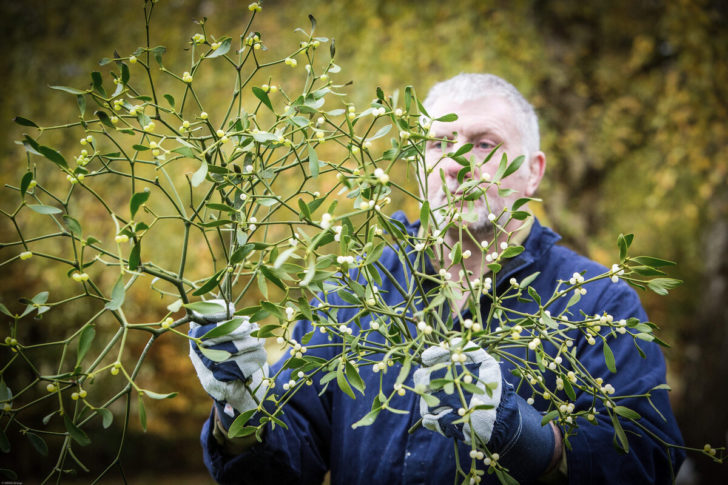
Mistletoe is most common in the south and west of England, but it can be found elsewhere. It particularly likes lime, poplar, hawthorn or apple trees – so is quite common in orchards and parkland. It also prefers an open environment, so isn’t common in woodland.
So, head to your local park or churchyard and cast your eyes to the trees; you might spot a clump of two of this seasonal plant.
Contrasting trees
In general, we put trees in two categories: deciduous (trees that lose their leaves in winter) and evergreen (trees that shed leaves little by little, or infrequently). Almost parallel to this are two more categories: broad-leaved (like lime, hawthorn and sycamore) and coniferous (like fir, spruce and juniper). Most broad-leaved trees are deciduous, and most conifers are evergreen. One exception to this is the native yew, which is an evergreen tree but isn’t coniferous – look out for it in churchyards!
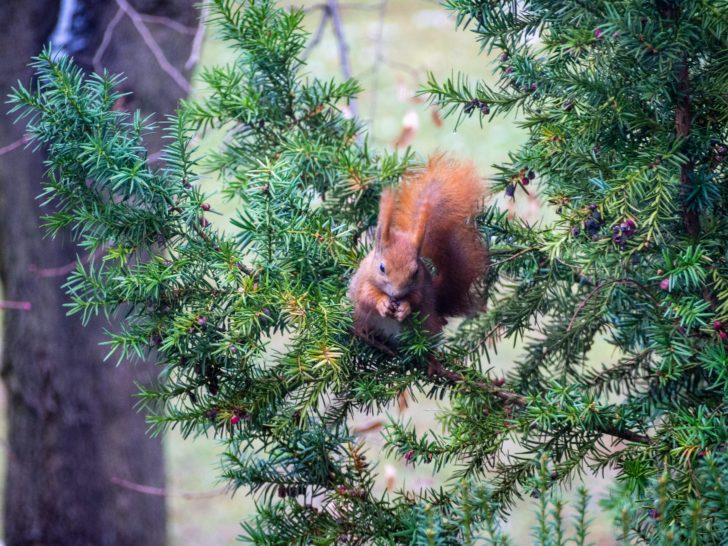
December puts deciduous and evergreen trees on the pedestal – in different ways.
The fact that deciduous trees have now lost their leaves means that lush evergreen trees really shine at this time of year. You might spot them on boundary lines in-between skeletal deciduous trees, or just in your local park. It’s a great example of contrast in the natural world.
However, bare trees carry a beauty of their own too. Fewer things say ‘winter’ than bare trees and hedgerows blanketed in snow, or against a pale, cold blue sky. Your countryside walk is bound to feature these gnarled, woody figures. Get a good look at them! Not only will you find the most intricate of patterns and structures, but it’ll bring you closer to the seasonal cycle. Observing trees in their leafless state will boost your sense of appreciation when they do burst to life in spring.
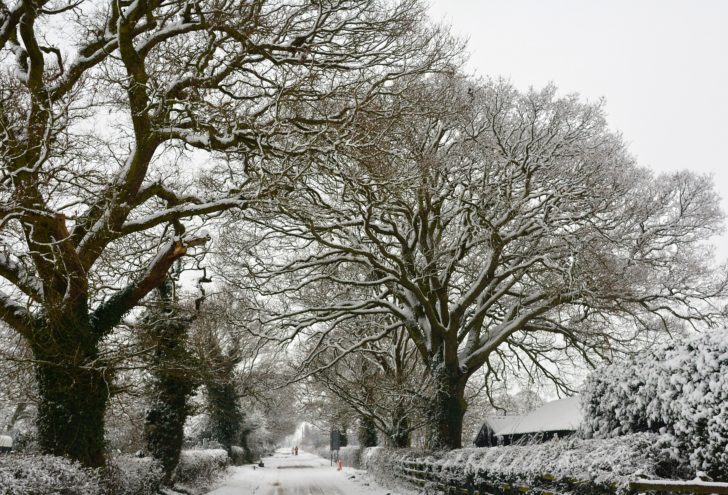
Both broad leaved and coniferous woodland can be found in most places in England. You can use the Woodland Trust or Wildlife Trust website to find one near you.
Enjoy your wintry walk
We hope you’re able to get out and enjoy the countryside and your local green spaces this month. Even though it’s cold and on the surface, a bit lifeless, there’s lots to see. Not only that, but a walk in the wintry sun will help top you up with vitamin D, which helps to keep your bones, joints and muscles healthy. It’s great for mental health, too. Short, cold and dark days are a trigger for Seasonal Affective Disorder (SAD) for many of us. A countryside walk in the daytime can really help boost your wellbeing and give you much needed exposure to natural light – and the natural world.
If you get any winter snaps during your walk, we’d love you to share them with us on Facebook, Twitter or Instagram.
Happy walking!
